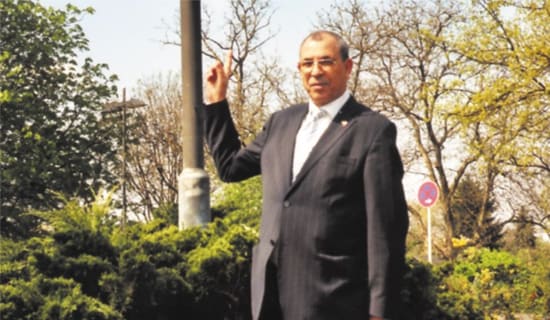On May 4, 2010, the Somali Al-Qaeda-allied jihad organization Al-Shabab Al-Mujahideen posted a communiqué about a graduation ceremony held at one of its educational institutions in Mogadishu. The ceremony, held on April 30 in the Nasr Al-Din Mosque in the city, was for 209 preachers who had completed a four and a half-month course of study in something called the 'Abdallah 'Azzam camp, named after the legendary leader of the Afghan Arabs; according to the communiqué, this course followed on previous ones (about which we do not have information). In attendance were movement spokesman 'Ali Mohamud Rage and 'Ali Jabal, Al-Shabab's governor for the province that includes Mogadishu, as well as other notables. There are two interesting points in this communiqué. First, it underlines the fact that Al-Shabab, unlike most jihad organizations, controls territory - approximately one-half of Somalia - and functions in this territory more or less as a government (at least by Somali standards). It has its own judiciary, police force, and apparently an organized, hierarchical religious-educational establishment. This last feature is significant in that it has the potential, over time, to convert the Somali population from its traditional mix of Sufi Islam and tribal custom into a bastion of Wahhabi/salafi jihadi radicalism. This brings us to the second important point in the communiqué, namely, the list it gives of works studied in the preacher training course...
...The full text of this post is available to subscribers.
Please login or register to request subscription information from MEMRI








